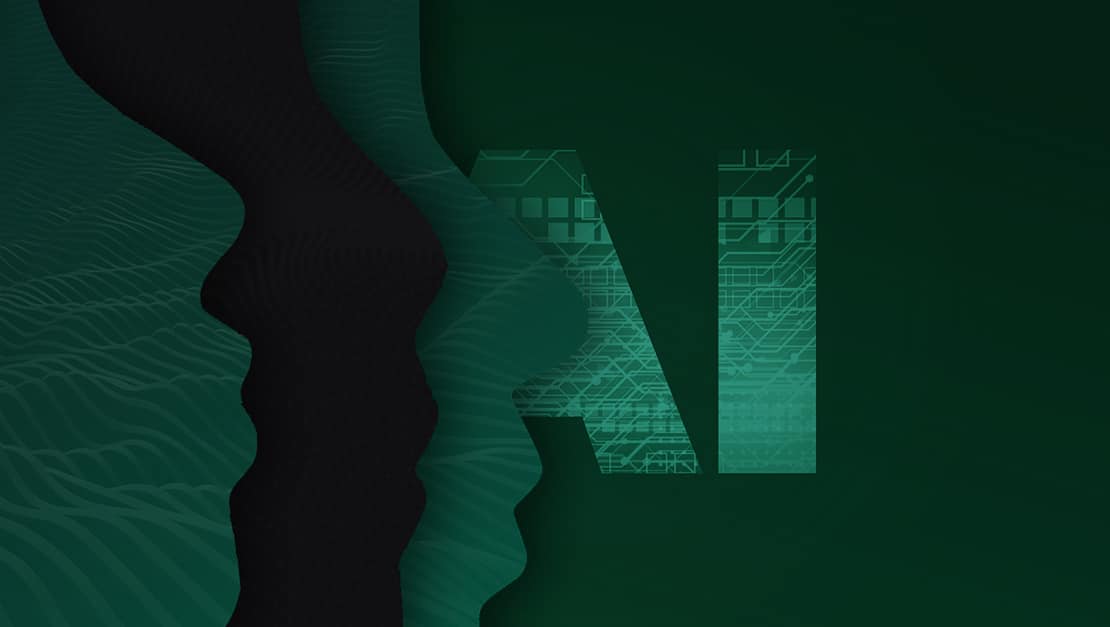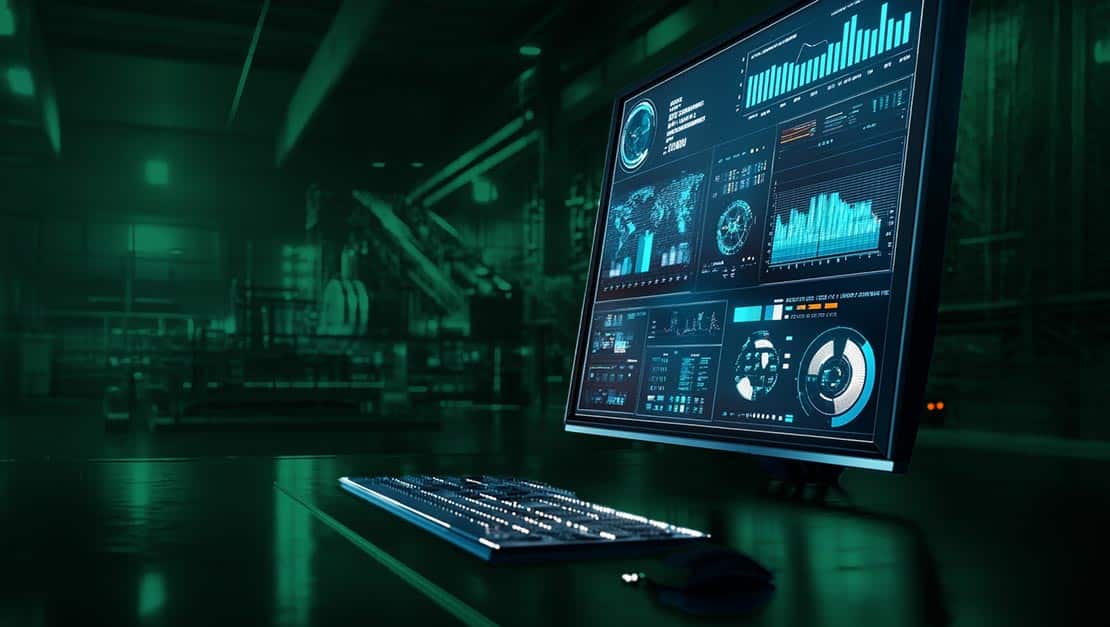In industries like aerospace, government, oil and gas, wastewater, and transportation, maintenance operations are critical to safe, efficient, and reliable workflows. However, traditional maintenance methods are often labor-intensive, costly, and prone to human error. As industries face increasing demands for operational efficiency and sustainability, the need for modern, technology-driven maintenance solutions is growing.
With emerging technologies such as artificial intelligence (AI), remotely-operated IoT devices, speech AI like aiOla, multimodal systems, and others, advanced predictive maintenance processes in leading industries are becoming more accurate and accessible. By adopting these technologies, industries can reduce downtime, optimize resources, and empower their workforce, paving the way for smarter, more integrated maintenance strategies.
In this blog post, we’ll dive deeper into five of the top maintenance solutions influencing these leading industries. Not only does each innovation address specific operational challenges but also prepares organizations for a more adaptable and resilient future.
Predictive Maintenance with AI and Machine Learning
AI and machine learning (ML) are making it easier for organizations in countless industries to manage their equipment reliably. With AI and ML systems in place, companies can use advanced analytics to predict equipment failures before they happen to reduce downtime and expensive repair costs. Using data from sensors, AI algorithms, and analytics platforms, systems can optimize maintenance schedules more accurately.
In the aerospace industry, AI and predictive maintenance are making aircraft safer and more operational. Airline manufacturer, Boeing, uses Insight Accelerator, its predictive maintenance system, to give users powerful analytics and alerts on their equipment to avoid disruptions. Thanks to this program, airlines can increase their schedule reliability and airplane availability while making it simpler to identify trends and get full flight data for quick decision-making.
Similarly, in the oil and gas sector, predictive maintenance is improving the reliability of complex machinery like pumps, compressors, and drilling rigs. IoT sensors can be put in place to monitor vibration levels, heat levels, and pressure changes in real-time. These IoT sensors can feed data into AI-powered analytics platforms, which in turn notify maintenance teams in advance of potential costly failures.
Multimodal Systems for Maintenance Operations
Multimodal models integrate different data streams from multiple inputs, like audio, text, video, images, and others. By combining different platforms and technologies like IoT devices, cloud platforms, and integrated management systems, these solutions offer a holistic view of maintenance activities. With predictive maintenance, multimodal systems become more effective at assisting in quick decision-making and reducing operational bottlenecks.
In the transportation sector, fleet management often relies on multimodal transport systems where multiple modes of transport are used for one contract. In these cases, if one system fails, it can affect the entire workflow from the point of origin to the destination. Predictive maintenance solutions that rely on assessing multiple touchpoints in a fleet such as fuel consumption, tire pressure, engine performance, and route scheduling can better integrate maintenance schedules without disrupting the needs of a fleet.

Speech AI and Voice Interface for Maintenance Management
Speech AI and voice interfaces are facilitating hands-free communication in real time. Thanks to speech recognition and natural language processing (NLP), users can complete tasks without shifting their focus away. With the integration of multimodal interfaces that combine voice and data, these technologies can go a long way in enhancing operational efficiency in many fields, including maintenance tasks where manual input can be time-consuming and labor-intensive.
Speech AI can make a difference in many different industries. For example, in the transportation industry, companies are using voice-enabled systems to complete vehicle inspections, log issues, or update workers just by speaking normally. A technician inspecting a vehicle can use a voice interface to retrieve real-time schematics or report a potential issue without interrupting the task at hand. This not only improves uptime and productivity but helps keep workers safer.
Technologies like aiOla are at the forefront of predictive maintenance across multiple industries. Large corporations such as global shipping carriers have used aiOla to complete manual inspections, reducing inspection time from 15 minutes to just 60 seconds per vehicle. Not only that, but companies are also using aiOla to better protect their employees, with the technology leading to a 70% decrease in safety incidents.
Remote Monitoring and Integration of IoT
IoT devices are making remote monitoring possible, allowing teams to run real-time equipment diagnostics that cut down on the need for site visits that support predictive maintenance. With IoT sensors that are paired with cloud and mobile technologies, companies can track the health of their machinery more efficiently while detecting issues and resolving them remotely. Not only does a remote maintenance approach extend the lifespan of critical equipment, but it also helps organizations optimize their resources and work more sustainably.
Many industries today are using remote devices for ongoing maintenance. The wastewater industry is leveraging remote monitoring to maintain pump stations and treatment plants. IoT sensors can be used to continuously monitor water levels, pump efficiency, and chemical balances, and when paired with cloud devices, can transmit live data to centralized systems. Maintenance teams can receive alerts through mobile applications and access diagnostic information before dispatching teams to run through a physical assessment.
Wastewater treatment plants face high energy and maintenance costs due to the need for on-site inspections and the energy-intensive operation of pumps and blowers. The Bad Pyrmont-Lügde wastewater treatment plant implemented a cloud-connected digital solution for real-time monitoring and preventive maintenance. The plant relies on IoT sensors to track energy consumption, CO2 levels, and air quality, and then the system alerts operators to potential issues. This proactive approach has led to reduced downtime and maintenance expenses, optimized energy usage, and enhanced sustainability.
Workforce Training and Upskilling
For AI-driven workflows to have the maximum effect, it’s essential to invest in training and upskilling your workforce. Having a plan for training can help reduce human error, boost efficiency, reduce operational costs, and keep your team adherent to sustainability requirements. Various industries rely on emerging technologies to modernize their maintenance practices, such as robotics, autonomous vehicles, drone inspections, and AI-drive task automation, while simultaneously equipping employees with the skills they need to manage these advanced systems.
In the government sector, public utilities are relying on cutting-edge technologies like AI and robotics for infrastructure maintenance. For example, the city of San Francisco is implementing multiple AI-powered technologies to improve sustainability. AI-powered robotics are making it easier to streamline recycling by identifying and sorting waste materials with a high degree of precision. The city also implemented smart sensors in public trash cans to detect overflowing bins and inform street cleaning services.
While all these programs can go a long way in improving public services, they require specialized workforce training programs to ensure operators can manage these devices and robotics systems. Employees need to be trained on installation, troubleshooting technical issues, and how to accurately handle the data they receive to make these systems as efficient as possible.
Embracing Technology for Future-Ready Maintenance Operations
Adopting modern technologies is changing maintenance operations in multiple industries, helping companies future-proof their organizations. Predictive maintenance systems that integrate AI platforms, IoT devices, robotics, automation, and speech AI systems such as aiOla help companies take an innovative approach to continuous challenges while improving efficiency and decision-making along the way. To make sure your business is resilient, sustainable, and forward-facing, it’s essential to adopt new maintenance solutions and strategies that will empower your workforce and allow your business to evolve.
Book a demo with one of our experts to see how aiOla speech AI can help improve your maintenance operations.








